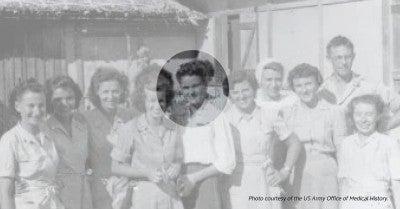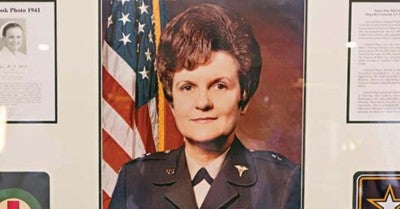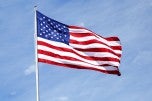In remarks at the time of her promotion to general, Hays recalled that the stars that signified her new rank “reflect the dedicated, selfless and often heroic efforts of Army nurses throughout the world since 1901 in time of peace and war.”
When she retired from the Army at the end of August 1971 as Chief of the Army Nurse Corps, her experiences included service in field hospitals in India during World War II and in South Korea during the Korean War. During the Vietnam War, she traveled to Vietnam several times to assess the state of nursing there. In that time, she oversaw formation of new training programs and a dramatic increase in the number of nurses deployed overseas.
She met her future husband, William A. Hays, while they were both working at Walter Reed Army Medical Center in Bethesda, Md. They were married from 1956 until his death in 1962 and she didn’t remarry.
During her service, she succeeded in pushing through changes to benefit women, including maternity leave for married female officers. She received the Distinguished Service Medal and the Legion of Merit, among other awards.
“When we celebrate Veterans Day at LVHN, it’s with gratitude for the service of all, including people such as Anna Mae Hays,” says Brian A. Nester, DO, MBA, LVHN’s President and Chief Executive Officer and a former Army National Guardsman. “We salute and thank all veterans for their service, especially those among our ranks today as LVHN colleagues.”
Hays’ legacy includes Allentown’s newest elementary school, named for her in 2021. She died in a Washington, D.C. retirement home in January 2018 at age 97 from complications from a heart attack. She was buried with full military honors in Grandview Cemetery, Allentown.
Her amazing career and service to her country have been detailed in many places, including an oral history from the Army Heritage Center Foundation. Below are excerpts from parts of that oral history, compiled in 1983.





